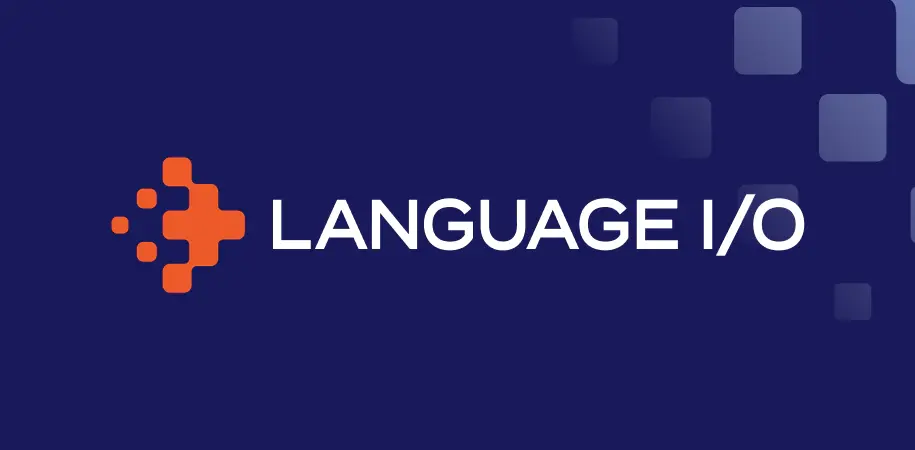
Today is National Get to Know Your Customers Day so we have to ask, do you know your customers? More specifically, do you know how they communicate?
Communication is the sole reason clients use Language I/O, which provides software translation products to several multi-national companies. Without quality translations, an English speaking Fortune 500 can’t communicate with Portuguese or Japanese customers. Since we spend so much time studying communication, we thought that in honor of National Get to Know your Customers Day, we’d list a few best practices for getting to know how your customers communicate.
Study Their Habits
Get out those binoculars and spend a few days, weeks, or months studying your customers. Company reports likely show that your customers contact customer service, but how are they making contact? Email? Phone? Social media? Morse code?
Keep in mind that different markets may prefer different communication channels. Your French customers may be all about social while your US-based clients may love the phone and chat. The good news is, once you know how your customers communicate, you can adjust your communication methods to meet them where they are.
Meet Them Where They Are
If your customers are on email or chat, why spend the majority of your resources on phone-based customer service? Companies that value quality communications with their customers don’t. They concentrate their resources in the channels where it makes the most sense — the ones their customers use.
You have to go where your customers are. If they’re on chat, start chatting. If they’re on social media, start tweeting! If they’re equally spread across multiple channels, take a multi-channel approach.
Speak Their Language
Okay. This may seem like a no-brainer, but as even small companies expand globally, the language barrier between businesses and consumers becomes a big issue. As we’ve noted in previous blog posts, machine translations only go so far. When you really want to expand into a non-English speaking market you need to offer multilingual customer service.
Never Fear Feedback
There’s nothing worse than studying your customers’ communication preferences, meeting them where they are and then getting complaint after complaint about your customer service channels.
To stay on top of what your customers want, go directly to the source. Ask where you’re customer service is lacking, take note and make changes.
If you love your customers as much as we love ours, communicating them with them where they are in the language they speak will always be a top priority. Happy National Get to Know Your Customers Day!



